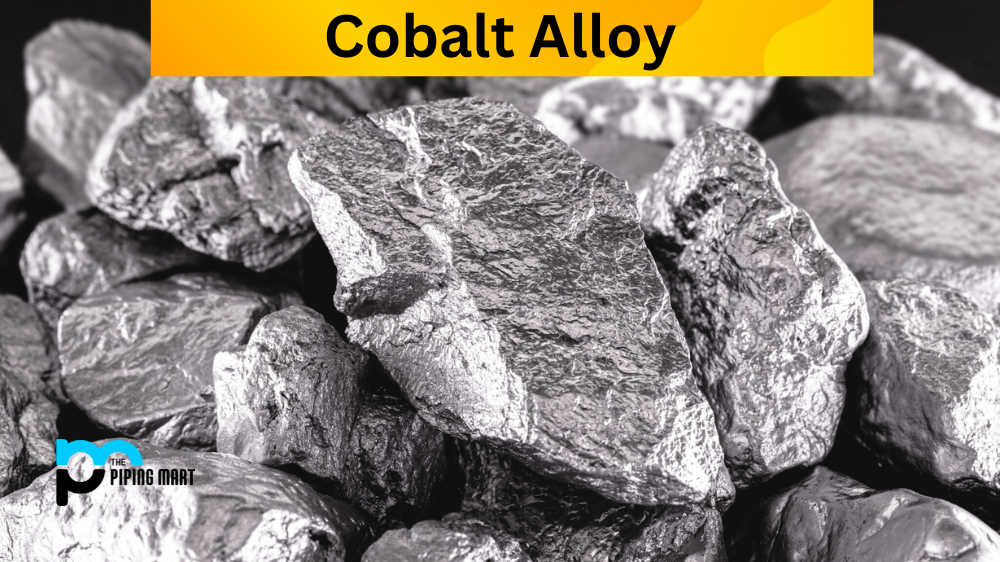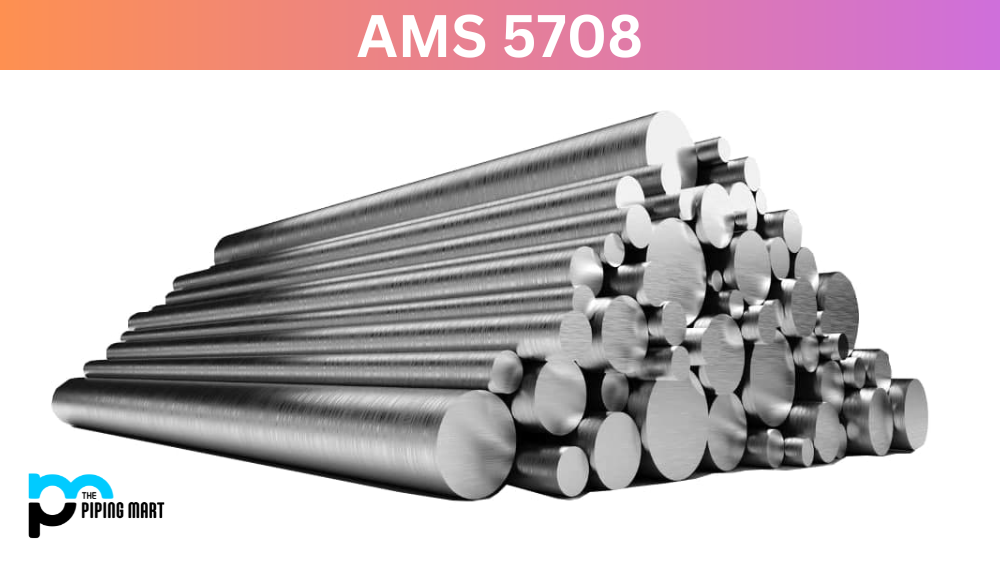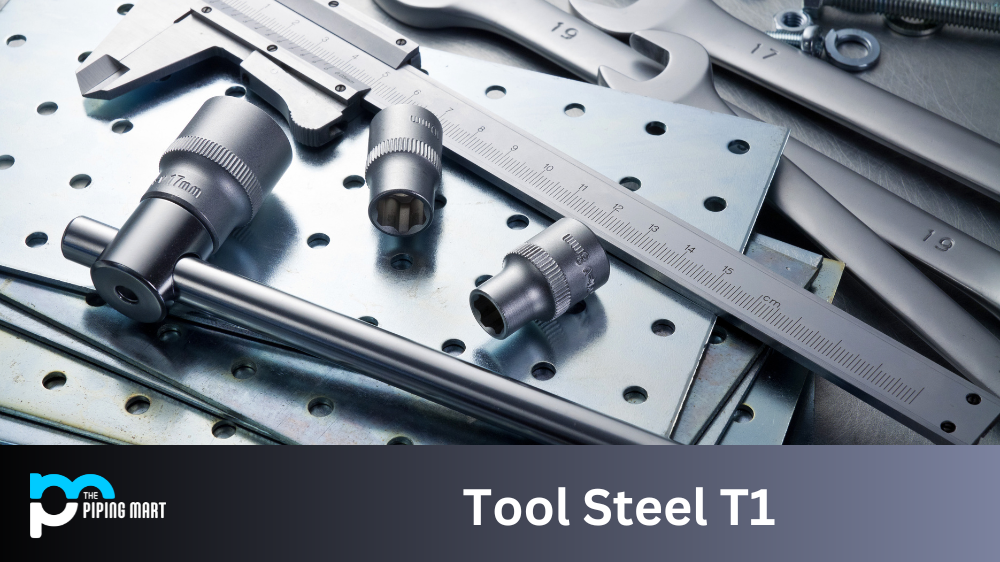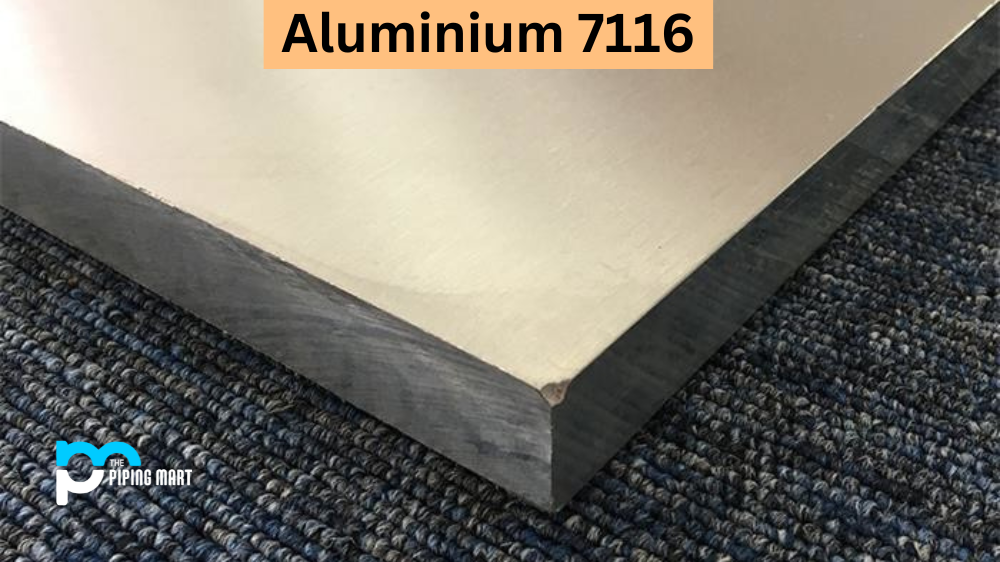Cobalt alloys are widely used in various industries due to the unique properties that set them apart from other materials. One of the most popular alloys in this category is the Wl52 Cobalt Alloy, which offers excellent resistance to high-temperature oxidation, wear, and corrosion. This blog post will delve deeper into what Wl52 Cobalt Alloy is, its composition, physical and mechanical properties, hardness, heat treatment, welding, and corrosion resistance.
Wl52 Cobalt Alloy Composition
Wl52 Cobalt Alloy is a high-performance alloy of cobalt, chromium, tungsten, and nickel. It also contains minor amounts of iron, carbon, silicon, and manganese. The alloy’s chemical composition is responsible for its resistance to wear, oxidation, and corrosion.
Wl52 Cobalt Alloy Physical Properties
Wl52 Cobalt Alloy has a face-centred cubic crystal structure with an approximately 8.44 g/cm³ density. It has a melting point of approximately 1365°C and a boiling point of 2927°C. The alloy is magnetic and exhibits excellent thermal conductivity and electrical conductivity.
Wl52 Cobalt Alloy Mechanical Properties
Wl52 Cobalt Alloy has good mechanical properties, including high strength, flexibility, and toughness. It has a tensile strength of approximately 950 MPa and a yield strength of 520 MPa. The alloy is also resistant to fatigue and creep at high temperatures.
Wl52 Cobalt Alloy Hardness
Wl52 Cobalt Alloy is a hard material that is resistant to deformation. It has a Rockwell hardness of approximately 45 HRC, making it suitable for applications that require high wear resistance and hardness. The alloy’s hardness can be improved through appropriate heat treatment.
Wl52 Cobalt Alloy Heat Treatment
Wl52 Cobalt Alloy can be heat-treated to improve its properties, including its hardness, flexibility, and toughness. The alloy can be annealed, hardened, or tempered depending on the desired properties. Annealing involves heating the alloy to a specific temperature and cooling it slowly to reduce its hardness and increase its ductility. Hardening involves heating the alloy and then rapid cooling to increase its hardness. Tempering involves reheating the alloy after hardening to relieve internal stresses and improve its toughness.
Wl52 Cobalt Alloy Welding
Wl52 Cobalt Alloy is weldable but requires careful consideration of the welding process. The choice of welding method, welding parameters, and pre and post-weld heat treatment can significantly affect the welding performance and quality.
Wl52 Cobalt Alloy Corrosion Resistance
Wl52 Cobalt Alloy is resistant to many corrosive environments, including hot sulfuric acid, hydrochloric acid, and alkaline solutions. It is also resistant to high-temperature oxidation and wear. This makes it suitable for various chemical, aerospace, medical, and power generation applications.
Conclusion:
In summary, Wl52 Cobalt Alloy is a versatile material with excellent resistance to high-temperature oxidation, wear, and corrosion. Its unique properties, including its mechanical and physical properties, hardness, heat treatment, welding, and corrosion resistance, make it suitable for various industrial applications. Understanding the composition and properties of Wl52 Cobalt Alloy is essential in selecting and specifying suitable materials for specific applications.
Meet Heer, a dynamic and driven writer learning tricks of her trade in the metal industry. With a background in Digital Marketing, Heer brings a unique perspective to her writing, sharing valuable insights. Apart from blogging she like reading and hiking.




